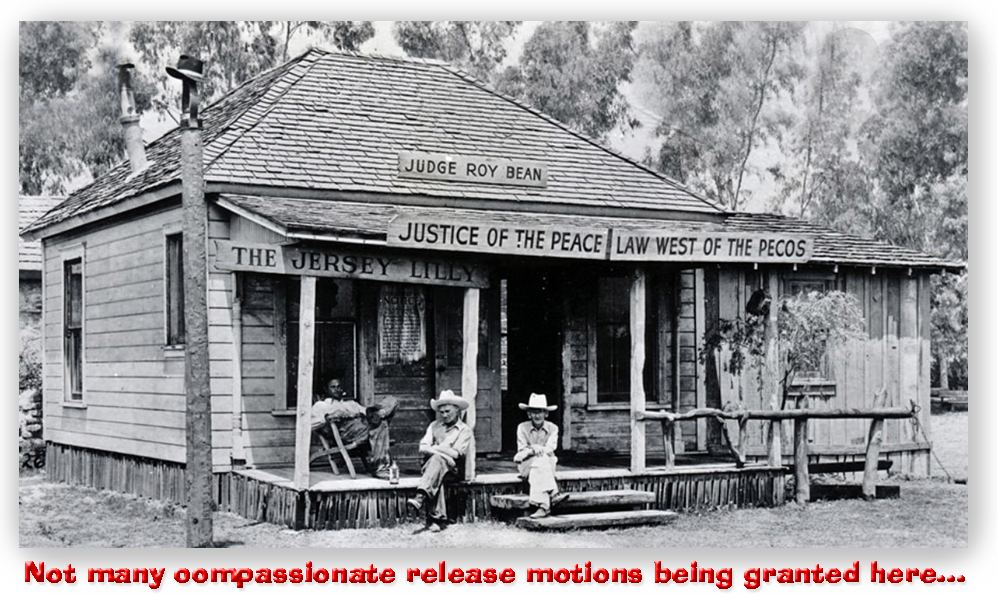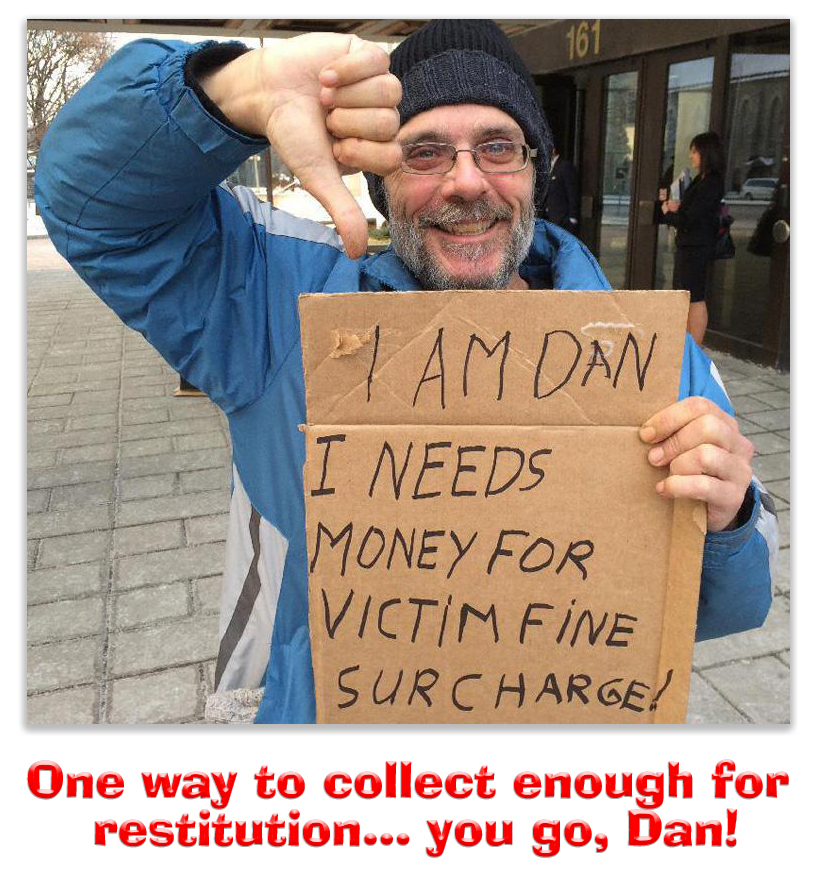We post news and comment on federal criminal justice issues, focused primarily on trial and post-conviction matters, legislative initiatives, and sentencing issues.

WHO CARES ABOUT THE END OF THE PANDEMIC?
President Biden, a man who always carefully weighs his words, told CBS last week that “the pandemic is over. We still have a problem with Covid. We’re still doing a lot of work on it. It’s — but the pandemic is over.”
 Last week, Sen Roger Marshall (R-KS), who is an obstetrician/ gynecologist, introduced a resolution that would end the national emergency first declared by President Donald J. Trump in March 2020. President Biden extended the national emergency in February 2021 and again in February 2022. The resolution has virtually no chance of passing both houses of Congress.
Last week, Sen Roger Marshall (R-KS), who is an obstetrician/ gynecologist, introduced a resolution that would end the national emergency first declared by President Donald J. Trump in March 2020. President Biden extended the national emergency in February 2021 and again in February 2022. The resolution has virtually no chance of passing both houses of Congress.
And at yesterday’s Senate Judiciary Committee oversight hearing, Bureau of Prisons Director Colette S. Peters was braced by Sen Tom Cotton (R-AR), a bomb-thrower entranced by the sound of his own voice, who took time out from his off-topic argument with Sen Cory Booker (D-NJ) about who hated fentanyl more to demand that Peters admit that the pandemic was over. Director Peters wisely demurred.
So is the pandemic over? And does that really matter?
 Under the National Emergencies Act, a national emergency continues until (1) the president does not issue an annual continuation notice, (2) the president terminates it, or (3) a joint resolution of Congress terminates it. Because Biden most recently issued an annual continuation notice as of March 1, 2022, the national emergency will end on February 28, 2023 (absent additional action to extend it further or terminate it early).
Under the National Emergencies Act, a national emergency continues until (1) the president does not issue an annual continuation notice, (2) the president terminates it, or (3) a joint resolution of Congress terminates it. Because Biden most recently issued an annual continuation notice as of March 1, 2022, the national emergency will end on February 28, 2023 (absent additional action to extend it further or terminate it early).
All of this matters because CARES Act authority granted to the Bureau of Prisons to place prisoners on home confinement ends 30 days after the pandemic national emergency expires.
(Note: There are two emergencies out there. One is the national emergency declared under the National Emergencies Act. The other is the Covid-19 public health emergency, declared in January 2020 by the Health and Human Services Secretary and last extended in July 2022 for another 90 days. With all due respect to the coronavirus, the one we care about is the National Emergencies Act emergency. The Covid-19 public health emergency has no effect on Sec 12003 of the CARES Act).
The inmate rumor du jour for months has been that CARES Act placement has ended, will end imminently, or will end in February 2023. None of this is right, unless Biden declares the national emergency to be at an end. As of March 2020, 60 national emergencies had been declared since the National Emergencies Act was enacted in 1976. Over half of those have been renewed annually. The longest continuing national emergency dates back to Iran hostage crisis, 43 years ago.
But will the national emergency end in February 2023? The Wall Street Journal last week suggested it would not:
The reason is almost certainly money. [The CARES Act] enables the government to hand out billions of dollars in welfare benefits to millions of people as long as the emergency is in effect. This includes more generous food stamps and a restriction on state work requirements. It also limits states from removing from their Medicaid rolls individuals who are otherwise no longer financially eligible… Only weeks ago the Administration used a separate national emergency declaration related to the pandemic to legally justify canceling some $500 billion in student debt… Mr. Biden seems to want it both ways. He wants to reassure Americans tired of restrictions on their way of life that the pandemic is over and they can get on with their lives. But he wants to retain the official emergency so he can continue to expand the welfare state and force states to comply.
A final note. Sen Richard Durbin, chairman of the Judiciary Committee, opened yesterday’s BOP oversight hearing by complaining, among other things, that the BOP had underused CARES Act and compassionate release authority. Notwithstanding Sen. Cotton’s wacky views that the CARES Act has murderers and rapists again roaming our streets, there does not seem to be a lot of sentiment that CARES Act home confinement should end too soon.
CNN, Biden: ‘The pandemic is over’ (September 18, 2022)
Medical Economics, Senator moves to end COVID-19 pandemic national emergency (September 23, 2022)
Morgan Lewis, Preparing for the End of Covid-19 Emergency Periods: To-Dos for Plan Sponsors and Administrator (July 20, 2022)
Wall Street Journal, Is the Pandemic ‘Over,’ or Not? (September 19, 2022)
– Thomas L. Root






















